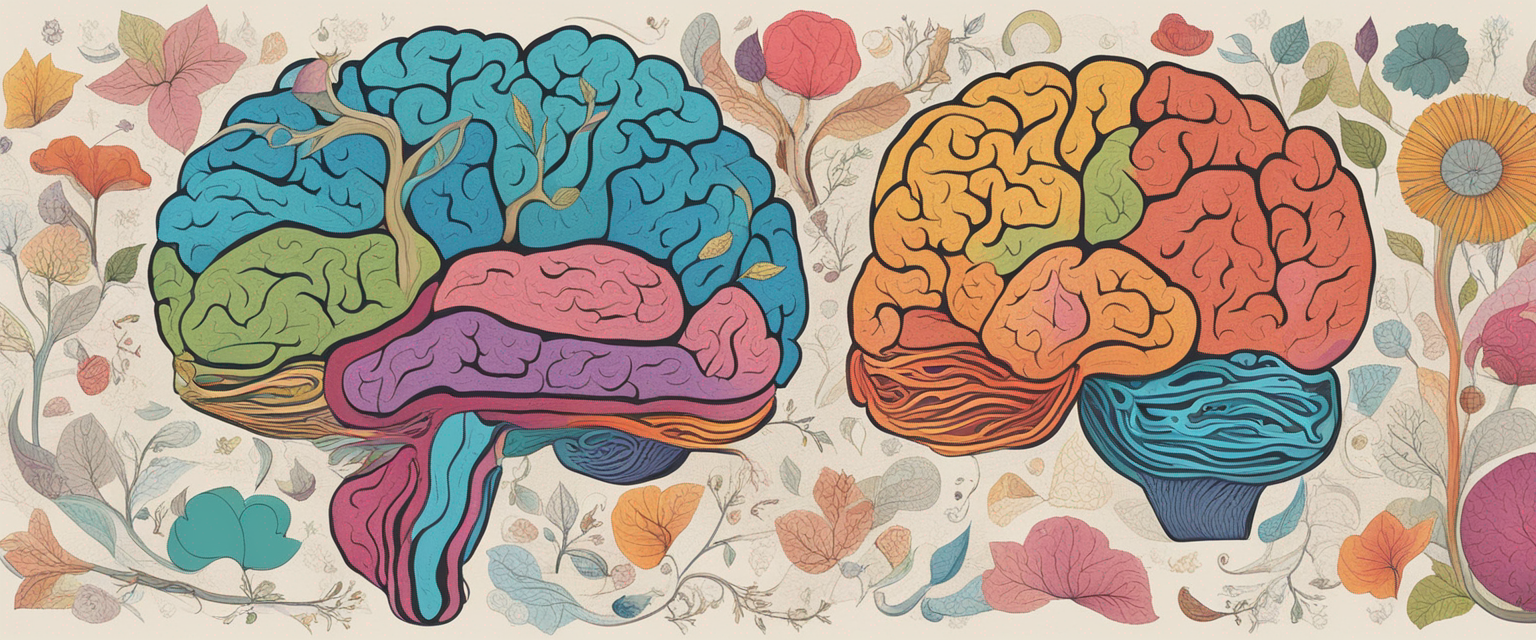
Imagine if our brains were like the most advanced play-dough, constantly shaping and reshaping in response to our experiences. Well, guess what? They are! This marvelous ability is known as neuroplasticity, and it's especially potent in children. So, let's embark on a magical journey through the twists and turns of the developing brain, and discover how it's the ultimate game-changer in childhood development.
What Exactly is Neuroplasticity?
Neuroplasticity, or brain plasticity, is the brain's remarkable ability to reorganize itself. It's like a brain renovation team that comes in and rewires the electrical circuits, allowing us to learn new skills, recover from injuries, and adapt to changes. In children, this team is working overtime! Their brains are buzzing with activity, forming new connections at a lightning-fast pace.
Now, why is this important? Well, for starters, neuroplasticity lays the foundation for how children learn, think, and behave. It's the reason why little Johnny can go from babbling to debating the merits of bedtime. It's the force behind Susie's transition from shaky steps to ballet twirls. Every new experience, every challenge conquered, is a testament to the power of a child's adaptable brain.
And for our families touched by autism, understanding neuroplasticity opens doors to tailored learning experiences that can help shape positive developmental pathways. The more we know, the better we can support our children's unique journeys.
The Significance of Neuroplasticity in Child Development
Childhood is a golden window of opportunity for brain development. It's when the brain's plasticity is at its peak, allowing for rapid growth and learning. The early years are crucial, as this is when the groundwork for future cognitive, social, and emotional skills is laid. Neuroplasticity is the architect of this intricate construction project, ensuring that each child's brain develops in a way that's as unique as their fingerprint.
But how does this play out in real life? Imagine learning a language. With neuroplasticity in their toolkit, children can pick up new languages much faster than adults. Their brains are primed to absorb and integrate new sounds and structures, making them little linguistic sponges.
For our incredible kids with autism, neuroplasticity can be harnessed through interventions and therapies that cater to their individual needs. It's about finding the right tools to help their brains make those vital connections that will support them in their growth.
One such tool is the Forbrain headset, created by the owners of the Tomatis® Method. This innovative device can improve speech, attention, and auditory processing, which are often areas of focus for children with autism.
Environmental Influences on Neuroplasticity
The environments in which children grow up have a profound impact on their brain development. A nurturing, stimulating, and secure environment can enhance neuroplasticity, while adverse conditions can hinder it. It's akin to gardening; the right soil, sunlight, and water will help a plant thrive, and the same goes for a child's brain.
What's truly fascinating is that everyday interactions can influence neuroplasticity. Engaging in play, exploring nature, and even the act of reading stories can fortify those neural connections. It's the simple moments that can have the most profound effects.
And let's not forget technology. In today's world, children are digital natives. Used wisely, tech can be a powerful ally in promoting neuroplasticity. Educational apps, interactive games, and even virtual reality can offer immersive learning experiences that were once the stuff of science fiction.
As parents, educators, and caretakers, we play a pivotal role in shaping the environments that can either foster or stifle neuroplasticity. By being mindful of the experiences we provide, we can give our children the best possible start in life.
Neuroplasticity is a complex concept, but understanding its basics is crucial for anyone involved in child development. It's about recognizing the brain's potential to change and using that knowledge to support our children's growth in the most positive way. So, embrace the wonder of neuroplasticity and watch as our children's brains blossom into extraordinary landscapes of thought and creativity.










Leave a comment